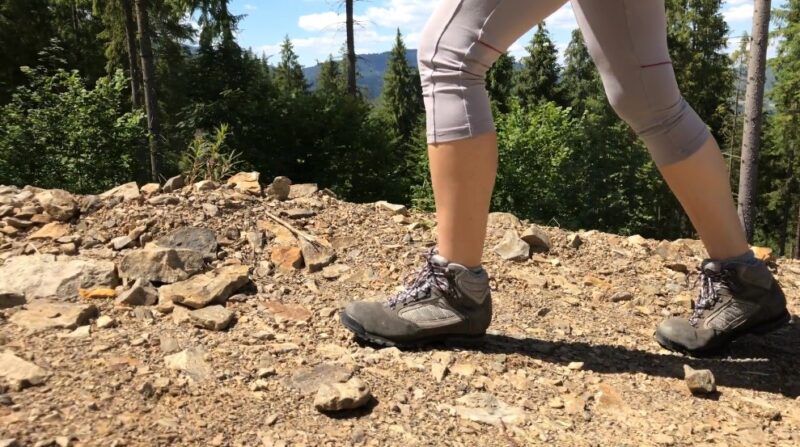Whether you’ve just conquered a muddy mountain trail or walked miles through a dusty desert path, your hiking boots have surely picked up some dirt along the way. The problem with many people is that they will realize how bad the condition of their boots is only when they start preparing for the next adventure.
It Should be a Regular Habit
Your boots are your trusted companions, shielding your feet from harsh terrains, unpredictable weather, and the rigors of the trail. However, prolonged exposure to dirt, moisture, and debris can degrade the material, making them less waterproof and less comfortable.
By regularly cleaning your boots, you extend their lifespan, maintain their performance, and ensure your feet remain happy and blister-free. Procrastination can lead to irreversible damage like cracks or detached soles.
Choosing the Right Supplies
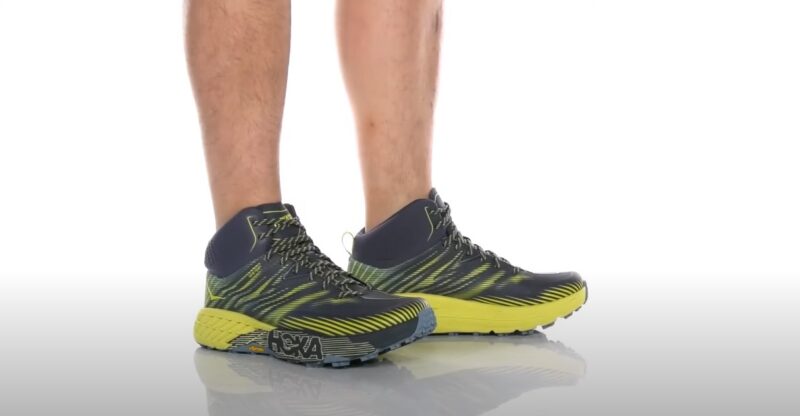
Essential Cleaning Tools
- Soft brush or old toothbrush: Ideal for removing loose dirt and dust.
- Mild soap or a specialized boot cleaner: For thorough cleaning without damaging the material.
- Lukewarm water: Hot water can damage or warp your boots.
- Cloth or sponge: Useful for applying soap and scrubbing the boots.
What to Avoid?
- Bleach or harsh detergents: They can weaken the fibers and fade the color of your boots.
- Direct heat (like hairdryers or radiators): They can shrink or deform the boots. Always let them dry naturally.
Different Types of Boots
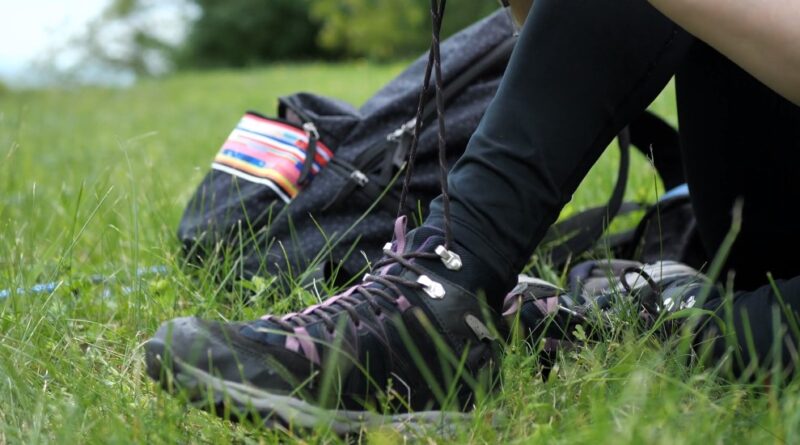
Leather Boots
Leather boots are loved for their durability and style. Start by removing loose dirt with a soft brush. Then, using a mixture of lukewarm water and mild soap, gently scrub the leather using a cloth or sponge.
Rinse the boots with clean water and let them air dry, away from direct sunlight.
Synthetic Boots
For boots made of synthetic materials like nylon or polyester, begin the same way – brush off the dirt. These materials can often withstand a bit more scrubbing, so feel free to be more vigorous. Remember to use mild soap and lukewarm water, rinsing thoroughly afterward.
Mixed Material
For boots combining leather and synthetic materials, apply the leather cleaning method on the leather parts and the synthetic method on the rest. Be cautious while scrubbing, ensuring each material gets the care it deserves.
Drying Is Also Important
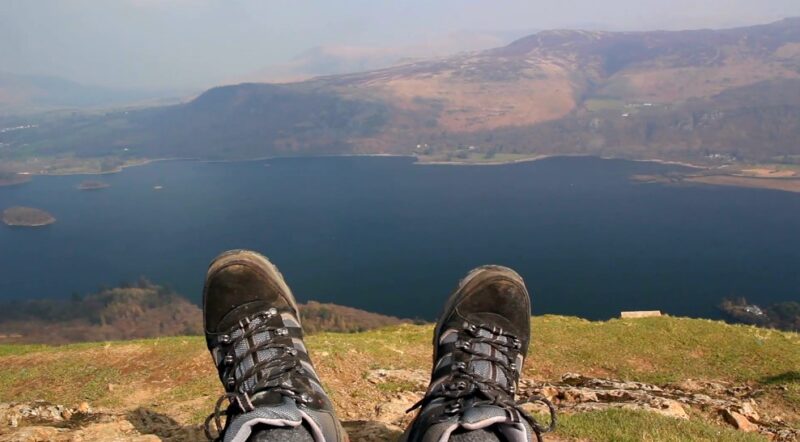
The Natural Way
The best way to dry your boots is to let them air dry. Ensure they are in a well-ventilated area away from direct sunlight. Stuff them with newspaper or paper towels to absorb moisture from inside and help them retain their shape.
Avoid Common Mistakes
Never use direct heat sources like hair dryers, heaters, or placing them directly under the sun. These methods can cause the boots to warp, shrink, or crack. Patience is key: give them the time they need to dry naturally.
Maintenance
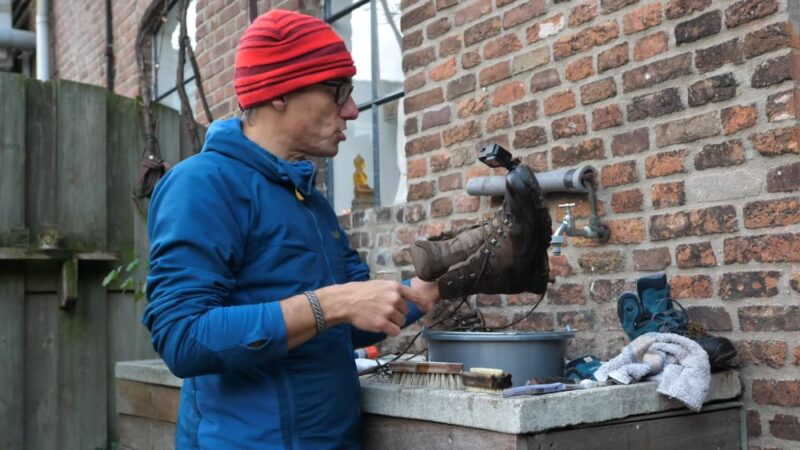
Conditioning
After cleaning, leather boots may lose some of their natural oils, making them look dull or feel stiff. Apply a leather conditioner to restore their shine and suppleness. Always test a small patch before full application to ensure the product doesn’t darken the leather.
Waterproofing
Over time, the waterproofing abilities of your boots might diminish. Once they’re clean and dry, consider applying a waterproofing agent. This step is crucial if you often hike in wet conditions. Remember to choose a product compatible with your boot material.
Storing Them Properly
Always store your boots in a cool, dry place. Avoid leaving them in damp or humid areas, as this can encourage mold growth or material degradation.
Pro Tips for Long-Lasting Boots
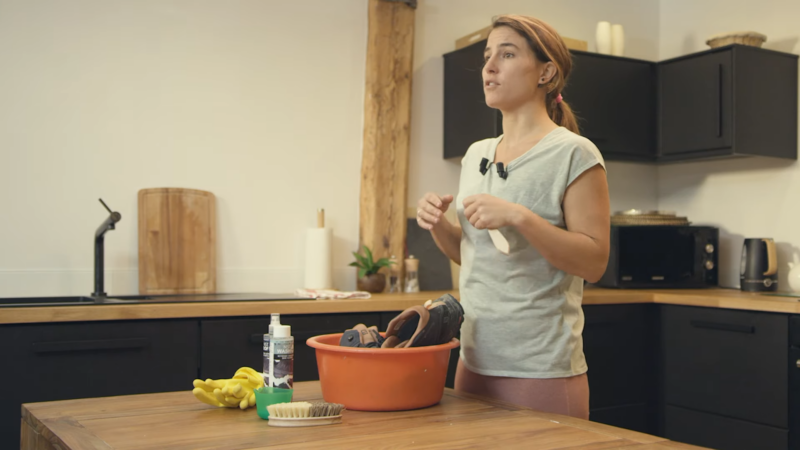
Regular Check-ups
Just as you would for a car, periodic inspections of your boots can prevent bigger issues down the road. Look for signs of wear and tear, especially on the sole and seams.
Catching potential problems early can save you from uncomfortable treks and expensive replacements.
Rotate Your Boots
If you’re an avid hiker and have more than one pair of boots, rotating them can prolong their lifespan. Just like running shoes, giving them a break allows the materials to return to their original state, especially important for boots with memory foam or cushioned insoles.
Loosen Laces Before Removing
After a long hike, you might be tempted to kick off your boots without untying the laces. Resist the urge! Doing so can stress the material, especially around the heel area.
Taking an extra minute to loosen the laces can save your boots from unnecessary wear and tear.
Dealing with Odors
Natural Deodorizers Before reaching for commercial sprays or powders, consider natural alternatives:
- Baking soda: Sprinkle some inside the boots and let them sit overnight. Shake out the excess in the morning.
- Freezing: Sounds odd, but placing your boots in a plastic bag and freezing them overnight can kill odor-causing bacteria. Just ensure they’re completely dry beforehand.
Preventing Future Odors
Prevention is always better than a cure. Try these steps to keep your boots smelling fresh:
- Air them out: After every hike, remove the insoles and let your boots air out.
- Use moisture-wicking socks: These help reduce sweat accumulation, which can lead to odors.
- Wash insoles separately: If they’re particularly smelly, consider replacing them.
Tips to Prepare for a Hiking Trip
There are many other things to take care of when planning the adventure. It will be important to keep the boots in a good condition, but there are some other essentials that you should focus on as well.
Essential Packing Tips
Every hiking trail offers its unique challenges and wonders. However, a well-packed backpack can be your best ally, irrespective of the destination.
- Navigation tools: Always carry a map, compass, and if possible, a GPS device.
- Hydration: Water is crucial. Consider a hydration bladder for easy access or reusable water bottles.
- Snacks: Energy bars, nuts, or dried fruits can provide a quick energy boost.
- Proper clothing: Layering is key. Pack lightweight, moisture-wicking, and insulating clothes.
- First-aid kit: Include band-aids, antiseptic wipes, tweezers, and any personal medication.
Follow the Etiquette
Your adventure is a chance to connect with nature. To ensure the trails remain beautiful for everyone:
- Stick to the paths: Avoid creating new trails or shortcuts.
- Leave no trace: Carry all trash and waste out with you.
- Respect wildlife: Maintain a safe distance and avoid feeding animals.
- Yield the trail: Typically, those going uphill have the right of way.
Mental Preparation
Hiking isn’t just about physical endurance—it’s a mental game too.
- Train in advance: Depending on the difficulty of your hike, begin training weeks or even months ahead. Start with short walks and gradually increase the distance.
- Know your limits: It’s okay to turn back if you feel you’re pushing yourself too hard. Safety first!
- Mental readiness: A positive mindset can make all the difference. Be prepared for changes in plans, weather conditions, or routes. Embrace challenges as part of the journey.
FAQs
How often should I clean my hiking boots?
The frequency of cleaning depends on the terrain and conditions of your hikes. If you frequently trek through muddy or wet terrains, it’s advisable to clean your boots after every hike. For less demanding conditions, cleaning them after every 3-4 hikes should suffice.
Can I use a washing machine to clean my hiking boots?
It’s not recommended to use a washing machine for hiking boots. The agitation and water pressure can damage the boot’s construction, integrity, and materials. Hand cleaning is the best method to ensure longevity and maintain the boot’s quality.
Is it okay to use leather polish on my hiking boots?
While leather polish can make your boots shine, it’s not ideal for hiking boots. Polishes often contain chemicals that can reduce the leather’s breathability and might compromise its ruggedness. Instead, opt for a conditioner specifically designed for hiking boots.
My boots have a persistent moldy smell even after cleaning. What can I do?
Persistent moldy smells can arise from storing boots in damp conditions. First, ensure they’re completely dry after cleaning. You can also try placing moisture-absorbing silica gel packs inside them when storing. If the odor persists, consider a specialized boot odor eliminator.
How do I handle deep scratches or scuffs on my leather hiking boots?
For deep scratches on leather boots, a leather filler or cream can be applied to smooth out the surface. Once the scratch is filled, you can use a color-matched leather dye or conditioner to blend and restore the area.
The Bottom Line
The cleaning process will be much easier if you pay more attention to it, and never leave your boots to stay dirty for a longer time. The most important reason to deal with it is that it will improve their quality, comfort, and durability, making it a cost-efficient approach.
